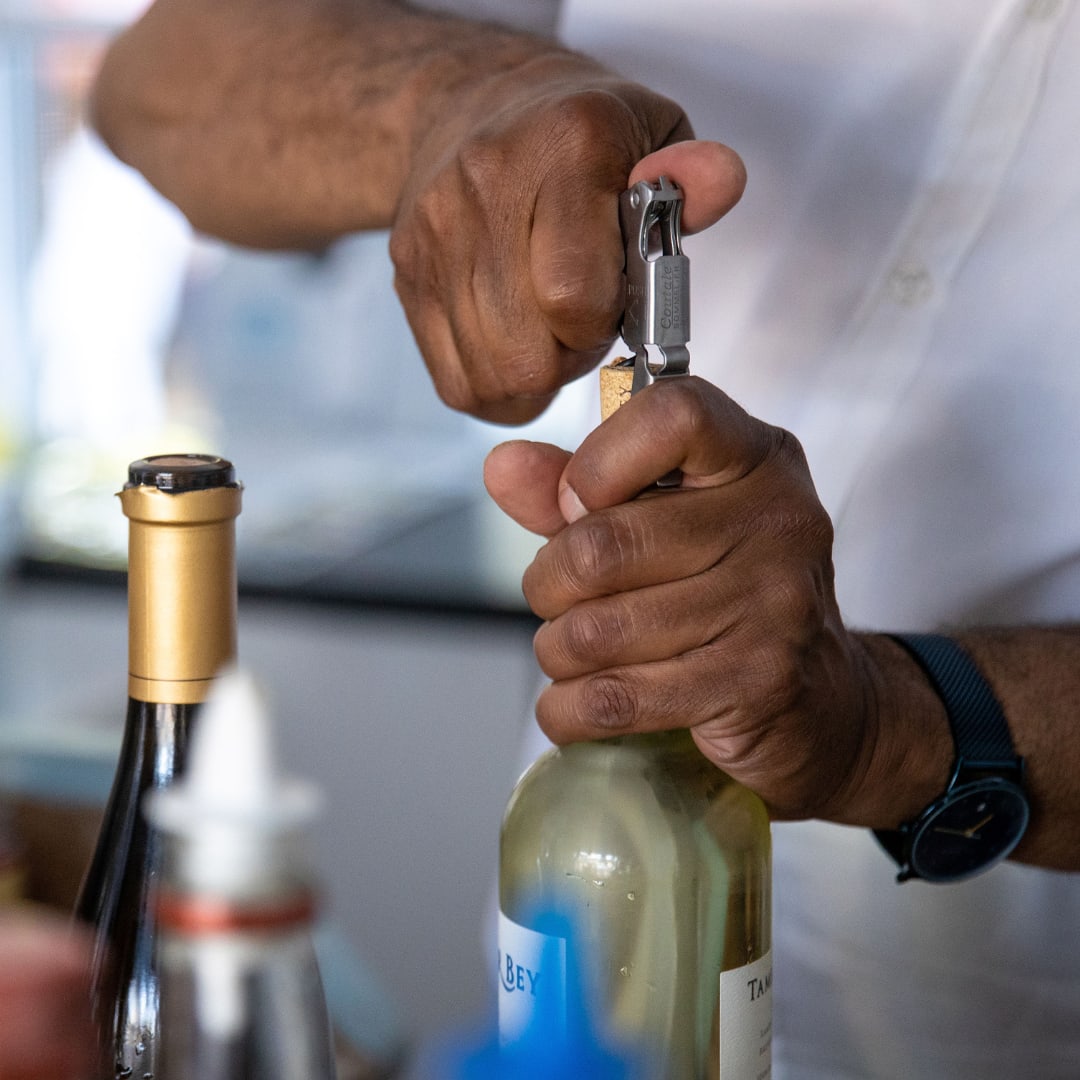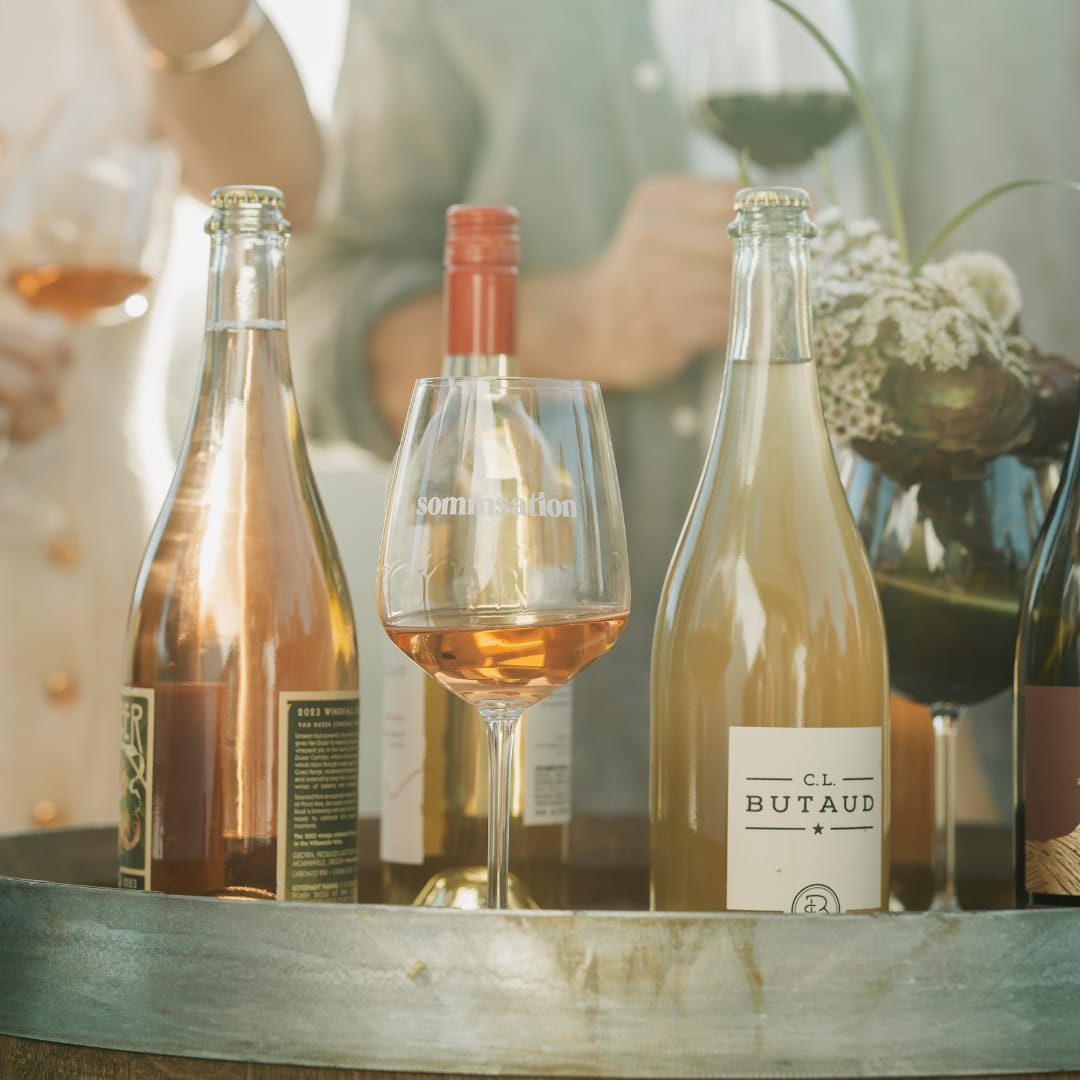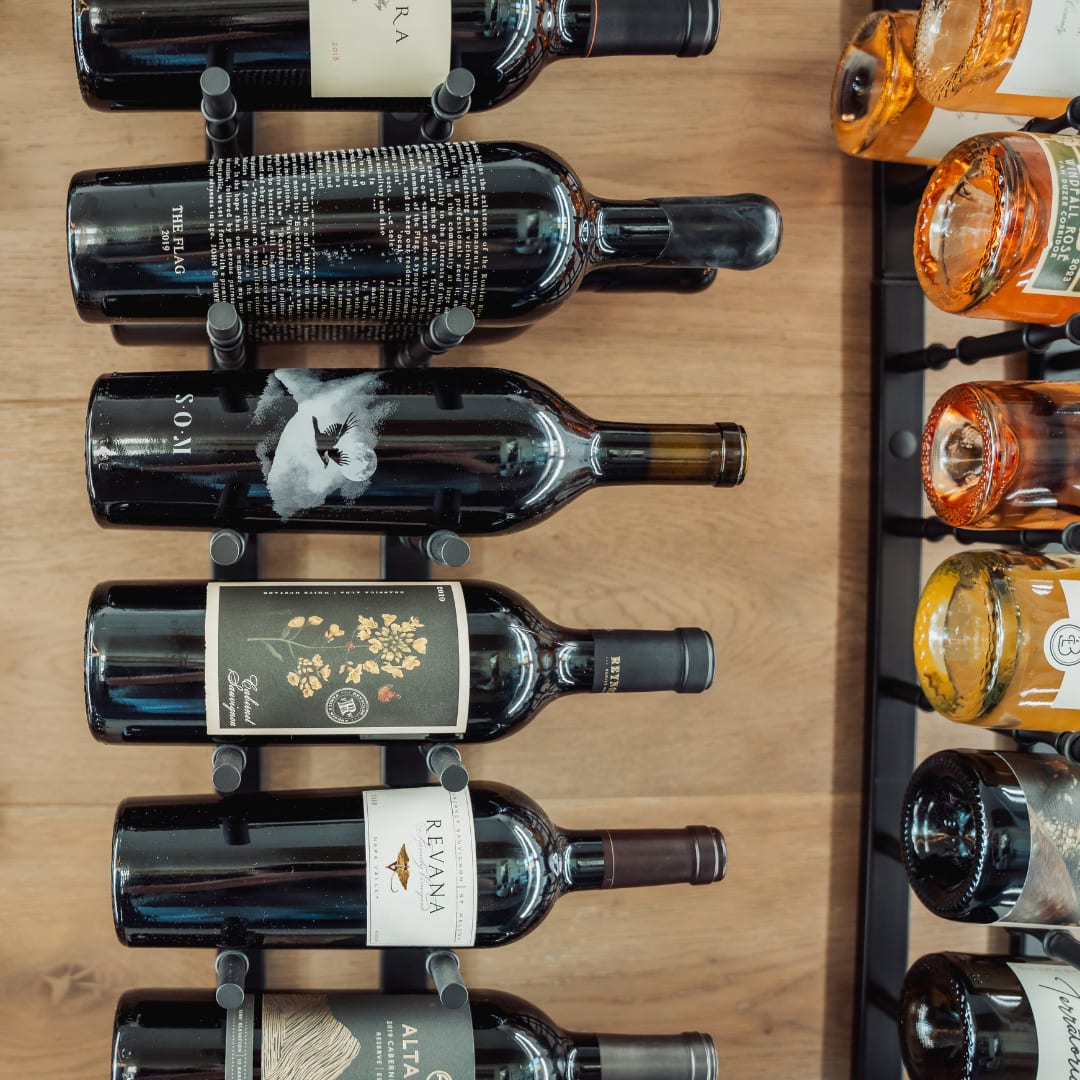Wine
The Truth Behind Wine Stoppers: Do They Actually Work?
September 19, 2025

Sometimes the night calls for just a single glass of wine—and there’s nothing worse than seeing the rest of your beloved bottle go to waste. Thankfully, a myriad of wine preservation products exist on today’s market, though knowing which ones actually work—and which ones you’re better off passing on—is key. Rest assured, we’ve done the hard work for you. Our expert team sized up the most popular wine stoppers / preservation systems available out there to ensure that only the best find their way into your hands.

Factors to Consider
Before diving into wine preservation devices, there are a few factors to consider when reaching for your next gadget. The first factor that comes into play is how much wine is left in the bottle. “The more wine left, the longer the wine will last—and the more efficient the vacuum stopper will be,” explains our expert team.
Additionally, the shape of the bottle can come into play. If you’re dealing with a half-filled bottle, a Bordeaux-shaped bottle will preserve wine for a bit longer than Burgundy-shaped bottles, as the wine has less contact with oxygen in the former. Though more importantly, the wine inside is what matters most. “A wine with a lighter body, such as a Pinot Noir or Gamay, will break down faster than a fuller-bodied Cabernet Sauvignon or Syrah,” reveal our experts.

Vacuum Stoppers
According to our team, vacuum stoppers can help a tiny bit, but really won’t make a monumental difference in preserving opened bottles of wine. “Vacuum stoppers may add an extra day of life to the bottle, but this can vary,” our team explains, reiterating the notions of the amount of wine left in bottle, as well as the style of wine inside of it.
Overall, our team found that pumps can work great for a few days maximum, but generally not longer than that—and that sticking to the basics often works best. “If you usually drink more than half of the bottle or almost all of it, there is no reason to do it,” they say. “Simply put the cork back and keep the wine inside the fridge, and it will last three to four days without having to pump it."
Inert Gas Preservation Systems (Coravin)
Across the board, our experts agree that argon gas preservation systems are the cream of the crop. "The best option is definitely the Coravin,” they say. This special device uses a thin needle to puncture a wine’s cork, release wine through it, and displace the remaining oxygen in bottle with argon gas without ever pulling the cork. This argon gas is heavier than air, which forms a protective layer over the remaining wine and prevents oxygen from contacting the wine. “The cork naturally reseals afterward (if it's natural cork), allowing you to store the bottle for weeks or even months without spoilage,” says Hugo Arias, Sommelier at Sommsation.
However, our team gives the disclaimer that these systems are generally best for pouring very small amounts of wine—think tasting pours up to one glass maximum—as the gas cartridges are costly and run through gas quickly. Thus, if more than a glass is on the menu for the evening, simply pull the bottle’s cork and leave the device for another evening.
Although cost is a factor, one of the biggest plus sides to inert gas systems is that it allows wine lovers to check in on the evolution of wines in a cellar or wine fridge, meaning you can experience how your bottle is changing with age over time without ever pulling the cork. “If you drink expensive wines or open multiple bottles without finishing them quickly, these devices are definitely worth it,” says Arias, citing that the product may not be as worth it if used on inexpensive wines or over a period of just a few days.

Wine Preservation Before and After Opening
Arias notes that prior to pulling the cork on a bottle of wine, storage conditions are of utmost importance. “Keep bottles on their side (especially if they have natural corks) to prevent drying out, and store them in a cool, dark place (ideal temp is around 55°F/13°C),” he says. Additionally, avoiding temperature swings, direct light, and vibrations is also important, as these factors can all cause wine to degrade over time.
Post-opening, Arias cites inert gas systems as the most effective for preserving aroma, structure, and freshness, particularly over longer periods of time. “Vaccuum pumps are affordable and easy to use, but remember they are good for short-term storage (1–3 days),” he says. Lastly, Arias notes to always refrigerate open wine (yes, even red)—as colder temperatures can slow oxidation. Bonus tip? “Store the bottles upright to minimize surface area exposed to oxygen and combine with vacuum or gas stopper for better results,” he says.
To dive deeper into the world of artisanal, small-production wines, visit our Sommsation Marketplace. To book a customized tasting with one of our expert sommeliers, click here.
